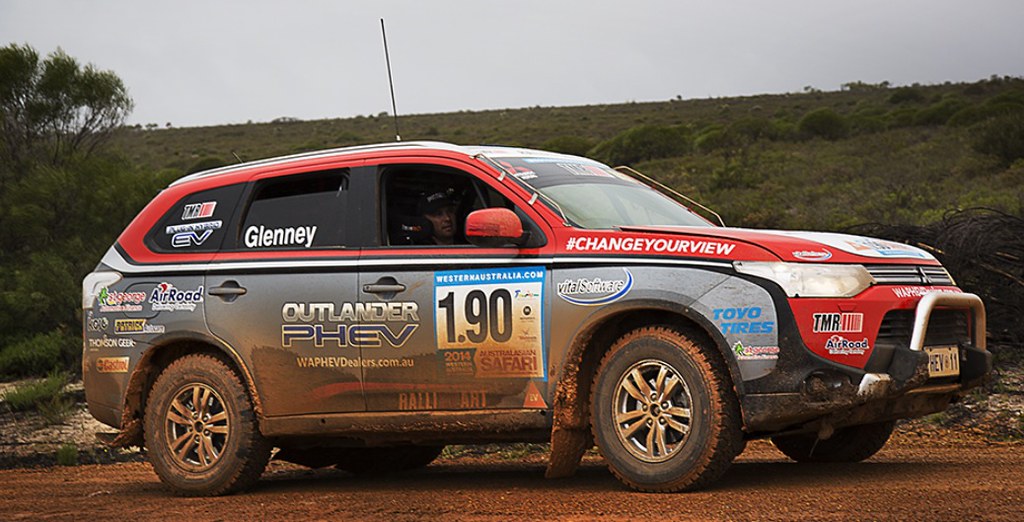Trex
Well-known member
jaapv said:I can tell you now- it won't.(Sent from the Passo Campolongo in the Italian Alps. Yes it is snowing right now)
Passo Campolongo.
A Lamborghini or Ferrari on that road would be fun unless it was snowing I think.

jaapv said:I can tell you now- it won't.(Sent from the Passo Campolongo in the Italian Alps. Yes it is snowing right now)
pasquinade said:A simple test will be to lift the car on one side and measure "wheel vertical travel" (sway bar fully activated due to all weight on other side), then lower it and lift both wheels on one axle (sway bar not doing anything on that axle) and measure "wheel vertical travel". If the two values are very different it might be worth pursuing and try to actually disconnect a sway bar link (otherwise it will be due to the actual suspension mechanism). If I get my hands on a second jack I'll give this a try...
If that was correct and I am not mistaken, so will be 'putting a single wheel on a 10 cm high side walk'. And this is something I (and probably some others) do on a daily basis when getting into and out of small parking bays. But I never got stuck or had to turn my steering wheel left to right to get outpasquinade said:Two 5cm mounds in the right spots will be able to cross-axle it
So, it was a set-up? :lol:Steepndeep said:I waited for you to jump in

